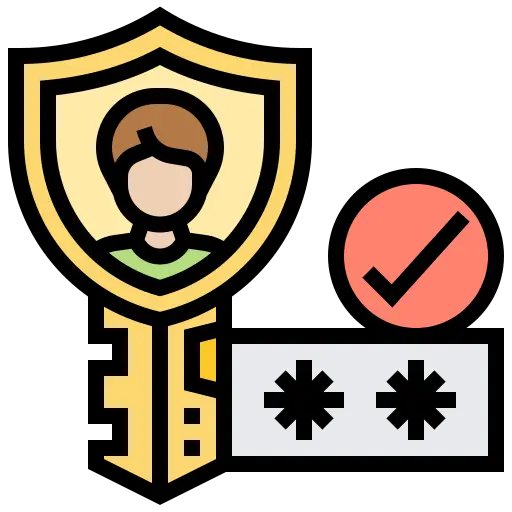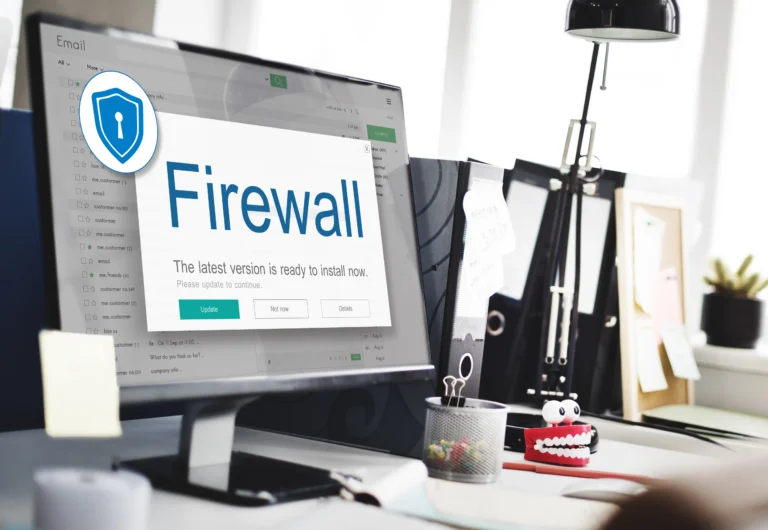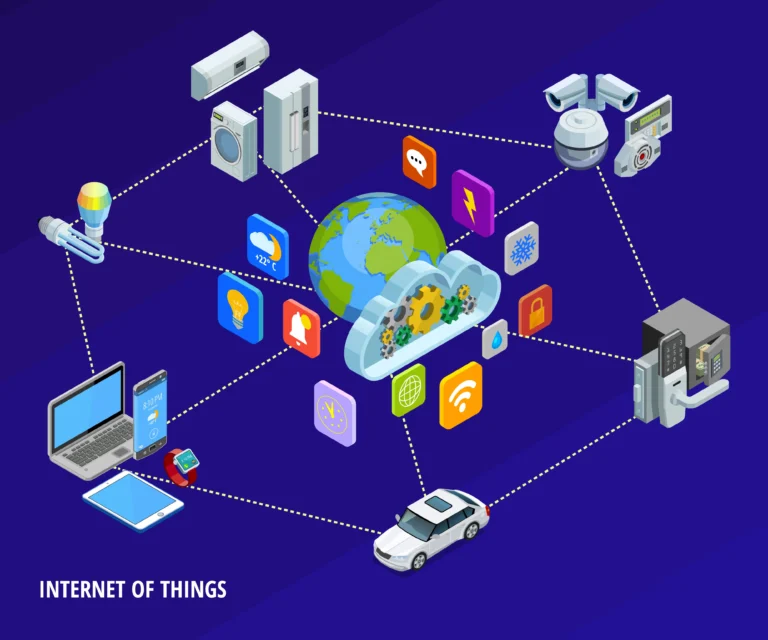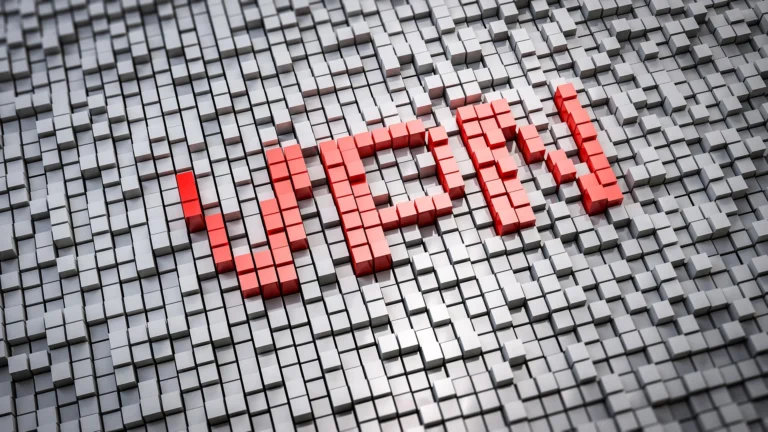Step Up Your Security with Multi-Factor Authentication
With the increasing use of digital devices, the internet, and social media platforms, it’s crucial to take the necessary steps to protect your personal and sensitive information. One of the best ways to keep your data secure is to implement multi-factor authentication (MFA) as part of your security strategy. In this article, we will discuss the importance of multi-factor authentication and how it can help you step up your security and safeguard your data.

What is Multi-Factor Authentication?
Multi-factor authentication is a security process that requires users to provide two or more authentication methods to verify their identity. This means that a user must present more than one piece of evidence to access a system or platform. The goal of MFA is to make it harder for unauthorized individuals to access sensitive information and to reduce the risk of cyberattacks.
The Importance of Multi-Factor Authentication
The primary reason for using MFA is to increase security. With MFA, you are reducing the chances of cyber criminals accessing your data by requiring multiple authentication methods. This makes it much harder for them to gain access, as they would need to have access to multiple authentication methods, such as a password and a one-time code sent to your phone.
Additionally, MFA can help prevent data breaches. Data breaches can result in significant financial losses, as well as damage to a company’s reputation. By using MFA, organizations can ensure that only authorized individuals have access to sensitive information and that all access attempts are monitored and logged.

Types of Multi-Factor Authentication
There are several types of multi-factor authentication, including:
- Something you know: This is the most common form of MFA, and it includes passwords, security questions, or personal identification numbers (PINs).
- Something you have: This type of MFA involves a physical device, such as a smart card, security token, or a one-time code sent to your phone.
- Something you are: This type of MFA involves biometric authentication, such as fingerprint recognition or facial recognition.
Each type of MFA provides a different level of security, and some types of MFA are more secure than others. It’s important to choose the right type of MFA for your needs and to ensure that it’s properly implemented.

Implementing Multi-Factor Authentication
To implement MFA, you will need to choose the right type of authentication method and set it up on your devices and systems. This may involve installing software, setting up security tokens, or enrolling in biometric authentication.
It’s also important to ensure that your MFA solution is properly configured and that you are using strong passwords. This will help to prevent unauthorized access and to ensure that your data is kept secure.
The Benefits of Multi-Factor Authentication
By using multi-factor authentication, you are taking an important step in securing your personal and sensitive information. Some of the benefits of MFA include:
- Increased security: MFA makes it much harder for cybercriminals to access your data, reducing the risk of cyberattacks and data breaches.
- Improved compliance: MFA can help organizations meet regulatory requirements for data protection and privacy.
- Increased user confidence: MFA provides users with peace of mind, knowing that their data is secure and that they are protected against cyberattacks.
How it works: Multi-Factor Authentication?
Multi-factor authentication is a method in which users are requested for an extra form of identity during the sign-in process, such as a code on their smartphone or a fingerprint scan. For further details read this article.
FAQs
Why is Multi-Factor Authentication important for cybersecurity?
Multi-Factor Authentication helps to prevent data breaches and cyberattacks by providing an additional layer of security. Passwords can be easily compromised, but by requiring a second factor of authentication, it becomes much more difficult for unauthorized users to gain access. This helps to protect sensitive information and personal data and can give users more confidence in the security of the systems they use.
What are the different types of MFA methods available?
There are several methods of authentication that can be used as part of MFA, including:
– Passwords
– Security tokens
– Biometric authentication (e.g. fingerprint recognition, facial recognition)
– SMS or phone-based authentication
– Email-based authentication
The specific methods used will depend on the systems and information is protected, as well as the needs and preferences of the users.
How does Multi-Factor Authentication improve security compared to just using a password?
A password is a single factor of authentication, and as such can be easily compromised. By requiring multiple methods of authentication, MFA provides a much higher level of security. For example, even if an unauthorized user is able to obtain a user’s password, they will still not be able to access protected information or systems without the second factor of authentication. This makes it much more difficult for unauthorized users to gain access and protects sensitive information from being compromised.
Is Multi-Factor Authentication mandatory for compliance with regulations and standards?
The specific requirements for MFA will depend on the regulations and standards that apply to a particular industry or organization. However, many organizations are choosing to implement MFA as a best practice in order to improve the security of their systems and information. In some industries, such as healthcare and finance, MFA is becoming increasingly common as a requirement for compliance with data protection regulations. Regardless of regulatory requirements, implementing MFA is a best practice for improving the security of sensitive information and personal data.







